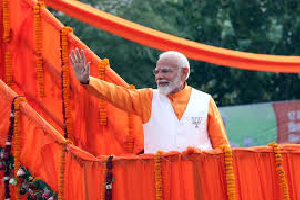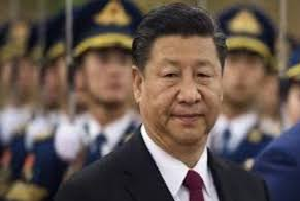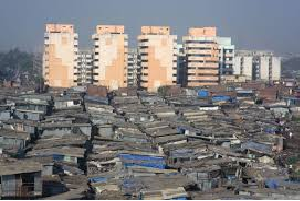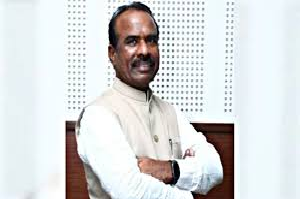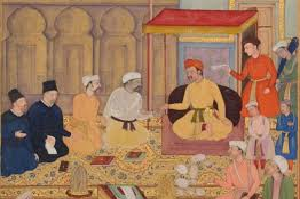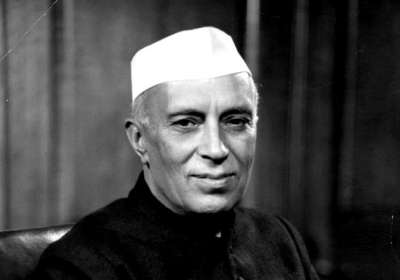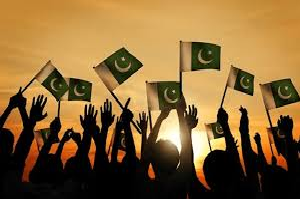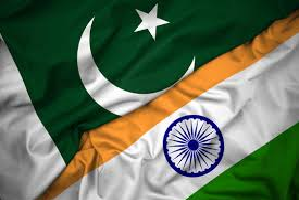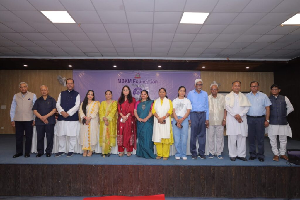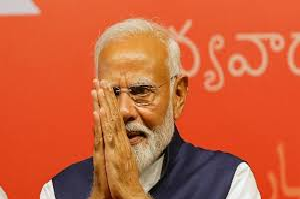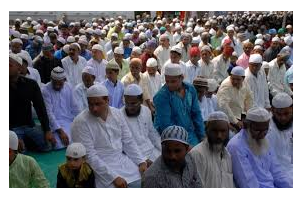5

Today’s Edition
New Delhi, 5 March 2024
Amitabh Srivastava
As the world is all set to celebrate International Women's Day on March 8 it is time to get real about the situation on the ground.
In this context, an Inter-Parliamentary Union Global report released last year on this day is an eye-opener.
This report of the IPU about the participation of women in Parliaments brings out findings that belie our myopic thoughts.
The report shows that the so-called developed economies countries like the U.S., U.K., China, and Japan are lagging behind countries like Rwanda.
In its report about women's participation in 192 countries India at position 140 with 15.1 seats for women in legislatures is far behind neighbouring Bangladesh at 111 position and Pakistan at 118.
As far as cabinet representation is concerned with only two cabinet ministers India ranks at position 171, the same as the Dominican Republic.
An unexpected topper in this category is Rwanda followed by Cuba, Nicaragua, Mexico, New Zealand and UAE (the last three share 4th rank.)
That comes as a shock because of the strategically placed stories of how Islamic countries are treating their women.
For instance, the UAE is ranked 4 with 50% of women representatives in its parliament.
The topper in the list is a country called Rwanda which has 49 women MPs in its 80-seat Lower House and 10 women in its 26-seat Upper House.
This top position of Rwandan was the result of a tragic genocide lasting 100 days in 1994 in which 800,000 to 1 million of Rwanda's population was killed.
At that time Rwanda's population of 5.5 million to 6 million comprised 60 to 70 per cent of women who had never been educated or raised with the expectations of a career.
But time brings out the hero or heroine.
This came true as the genocide opened the workplace gates for Rwandan women and the call for equality was given by none other than President Paul Kagame, who has been leading the country since his army stopped the genocide.
The President decided that Rwanda was in such a bad shape that it could not be built by men alone. Hence the country's new constitution, passed in 2003, decreed that 30 per cent of parliamentary seats should be reserved for women.
The Rwanda government also ensured that girls would be empowered through education promising that they would be appointed to leadership roles like ministers and police chiefs.
The data released by IPU shows Rwanda secured the highest position with 61.3% of women lawmakers in the lower house and 38% in the upper house.
In the second position comes Cuba, where 53.4% of the parliamentary seats or 313 out of 586 seats have been captured by women. Even Mexico has 50 per cent of women in the Lower House and 64 in the Upper House.
Nicaragua and New Zealand come in at 4th and 5th positions with 48.4% and 48.3% of women representation in their national parliaments.
Interestingly the UAE government introduced policy measures to redress the gender imbalance back in the 2010s and since then the political structure of the United Arab Emirates has been reshaped and led by women. In the UAE, democratic elections were held for the first time in 2006 and it included women as both voters and candidates for the first time.
According to UAE Information and Services, the Government adopted a decision to establish UAE's Gender Balance Council in May 2015 to ensure that Emirati women continue to play a leading role in the development of the UAE.
However, the most significant development in the improved status of women in parliament compared to other Middle Eastern nations can be attributed to a 2018 government order. It said Emirati women's representation in the UAE's Federal National Council, FNC, will be increased to 50% in the latest parliamentary term.
In comparison countries like the U.S., China and Germany that have managed to ensure high economic growth are lagging far behind regarding women representation in the parliament.
The United Kingdom ranks at 40 in the latest estimates of IPU. The House of Commons has 33.9% women lawmakers and 27.9% of the members sitting in the House of Lords are women.
Germany is placed at the 49th position as the Federal Diet had 31.5% women legislators and 36.2% in the Federal Council.
The United States has slipped to 68th position as of 2021 with 27.3% women legislators in the House of Representatives and 25% in the Senate.
China lags further behind at the 86th position. Despite its $15.42 trillion GDP, the National People's Congress of China has only 25 per cent of women lawmakers.
The National Diet of Japan sits outside of the top 100 at 166th position. As of January 2021, only 9.9% of lawmakers sitting in the Japanese lower house were women and 23% were in the upper house.
The 2023 report indicates that gender parity is still a far-off dream. While 31 countries have women as Head of State which comes to 25.4 less than one in four is in the cabinet (22.8 per cent).
There is also gender bias in the tasks assigned to women. Most of them are in the field of human rights, gender equality and social protection portfolios men are dominating in defence and economy.
India has been an exception in this though. But is that enough?
India has unanimously passed a resolution approving one-third reservation for women in parliament and legislatures.
But the question we need to ask is whether women in power have raised their voices when atrocities or assaults on their rights have occurred.
Women Panchayats have been granted 33 per cent reservations long back. But have these women come out of their Ghunghat to take leadership roles?
We all know the answer but who will change this and when? (Words 980)
---------------








